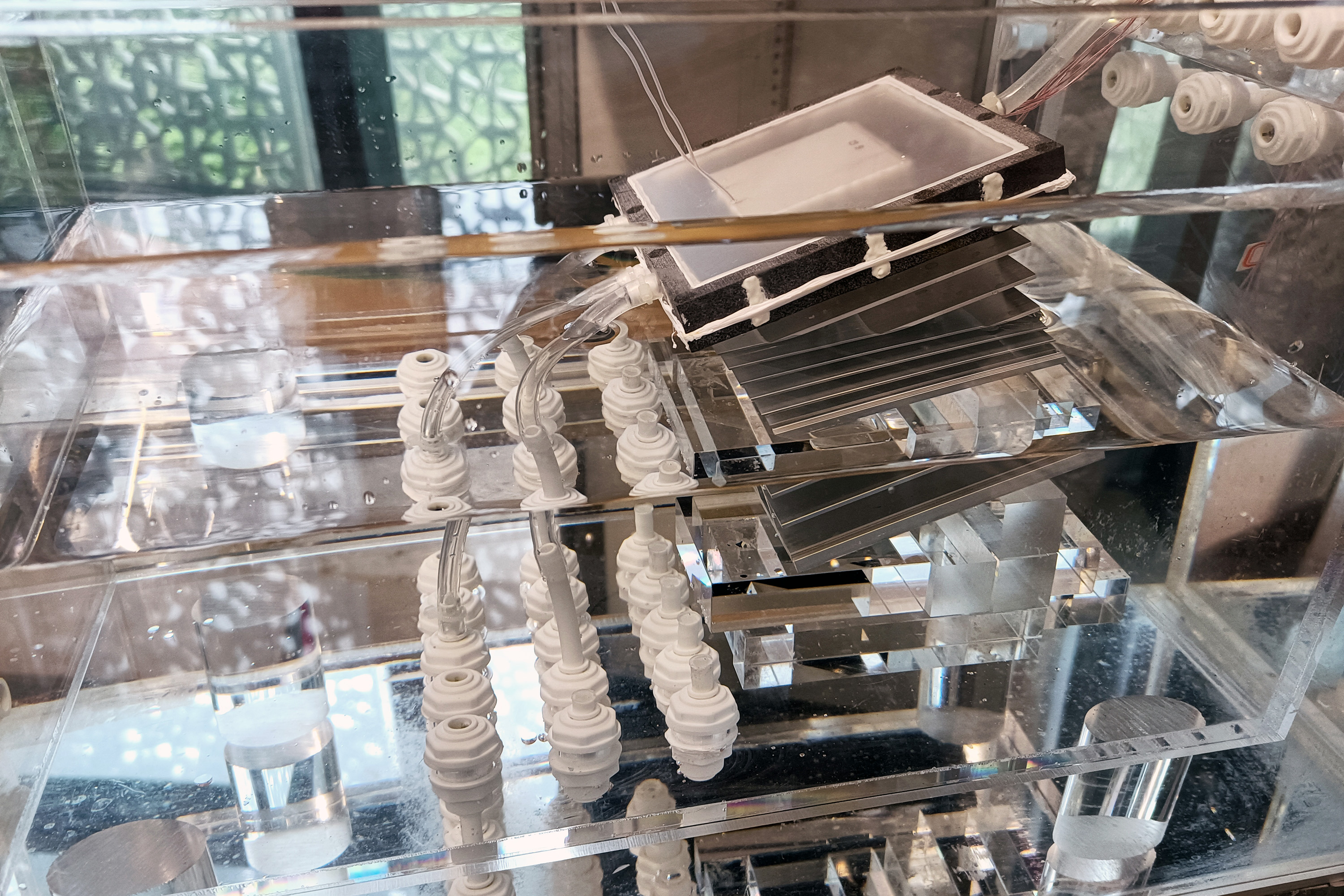It’s another solar still.
The researchers estimate that if the system is scaled up to the size of a small suitcase, it could produce about 4 to 6 liters of drinking water per hour and last several years before requiring replacement parts. At this scale and performance, the system could produce drinking water at a rate and price that is cheaper than tap water.
Sounds too good to be true tbh but I’d very much like to be wrong.
That pesky word could popping up repeatedly is a big old red flag.
But yea just from like a conservation of energy standpoint doesn’t make a lot of sense.
Desalination is hard because it takes energy tonget the bad stuff and the good water away from each other.
I don’t see any way it’s easier to do that with saltwater than regular water. It’s why we don’t do it with salt water even though that’s the majority of water.
Saying it can reliably produce 4 to 6 litres an hour would be super impressive.
Saying you can do it with less resources than if you were using fresh water is another matter entirely.
*Nestlé sending their best hitmen*
mom said it was my turn for the daily repost
In this configuration, water can naturally push up through the tube and into the box, where the tilt of the box, combined with the thermal energy from the sun, induces the water to swirl as it flows through. The small eddies help to bring water in contact with the upper evaporating layer while keeping salt circulating, rather than settling and clogging.
The team built several prototypes, with one, three, and 10 stages, and tested their performance in water of varying salinity, including natural seawater and water that was seven times saltier.
From these tests, the researchers calculated that if each stage were scaled up to a square meter, it would produce up to 5 liters of drinking water per hour, and that the system could desalinate water without accumulating salt for several years. Given this extended lifetime, and the fact that the system is entirely passive, requiring no electricity to run, the team estimates that the overall cost of running the system would be cheaper than what it costs to produce tap water in the United States.
It’s either A) Overunity or B) Popsci being full of shit again. Take your guess which.
what
What’s up?



